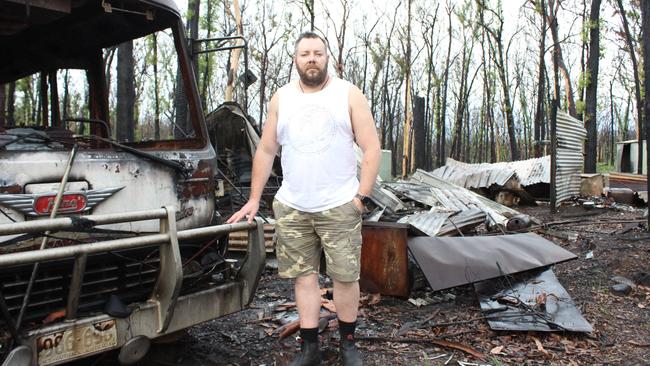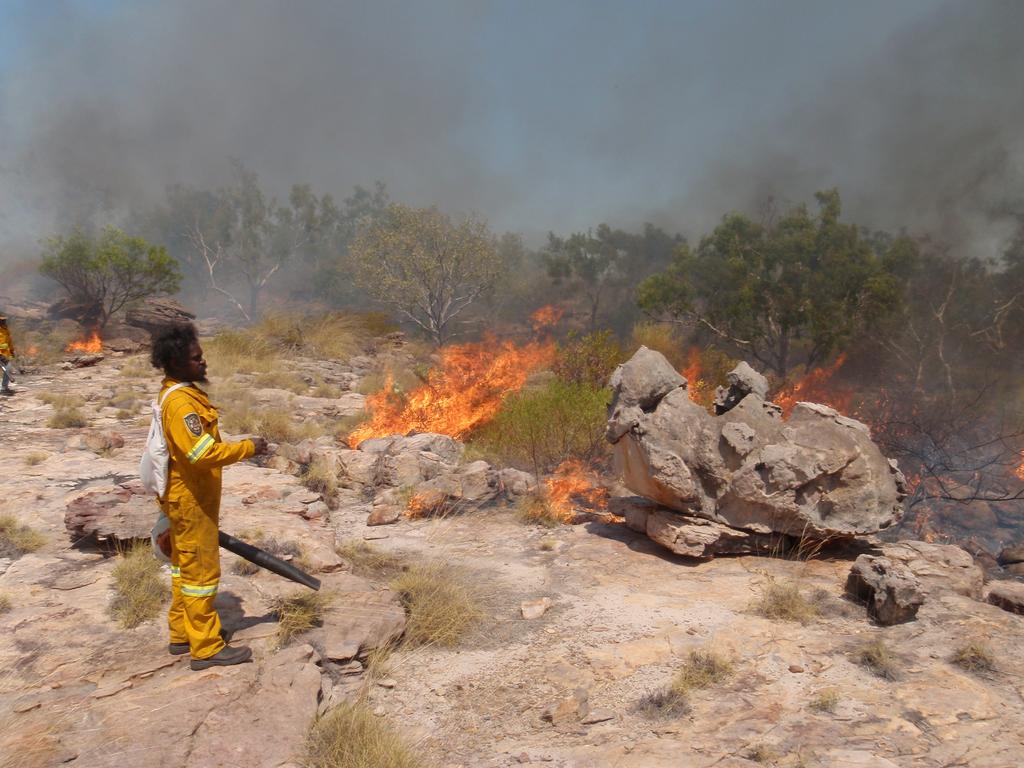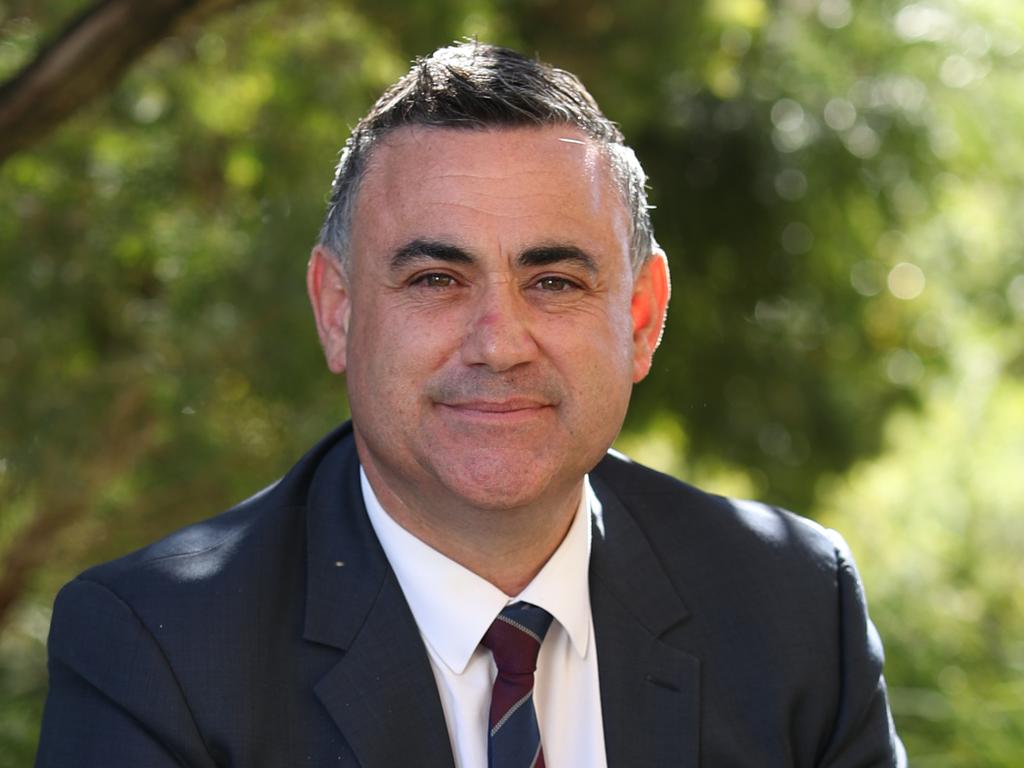Black Summer bushfires: ‘We had no warning’
When bushfires tore through the Northern Rivers region of NSW, some communities had no warning and residents became trapped.

When the Black Summer bushfires tore through the Northern Rivers region of NSW last year some communities had no warning of the approaching blaze and became trapped due to fallen trees, the royal commission into the disaster has heard.
Clarence Valley Council’s planning and community director Des Schroder told the Royal Commission into Natural Disaster Arrangements on Tuesday the small, remote NSW community of Ewingar had no mobile coverage and received no warning before the inferno hit.
“The community couldn’t get out,” Mr Schroder said. “They had no warning because there was no communications tower, no SMS messaging, so they all got trapped.”
He said the whole community of about 100 people ended up sheltering in the town’s hall.
Another rural village, Nymboida – about 669 kilometres north east of Sydney – had four hours’ warning to prepare for the blaze, but in the hours following the town lost mobile coverage when backup batteries ran flat.
Mr Schroder said the communications tower was crucial in giving the community warning of the fire.
“Without the tower they wouldn‘t have had any warning at all and that’s where we lost 90 houses, so at least the community got an SMS warning saying get out.”
Mr Schroder said the phone tower network was “patchy anyway” but during the fires power lines burned so they had “virtually no telecommunications at all.”
The inquiry heard some communities waited two to three weeks to have their landlines and mobile coverage restored.
“We still had active fire fronts at that stage, so also the RFS (NSW Rural Fire Service) couldn‘t put out the alerts that they needed to do.”
Another big problem faced by the Clarence River Council that covers an area of more that a million hectares, of which 55 per cent burned, was the lack of water – an issue he said had been exacerbated by long-term drought.
“Even the Clarence River – it was the first time it had stopped flowing since the turn of the century … so we couldn‘t even get water out of the Clarence at times,” Mr Schroeder said. ”So the water for firefighting was a very big problem right through, from the person fighting a fire at their house to the RFS with their water bombers being able to get water. “
Mr Schroeder said he believed Australians underestimated how ferocious the fires would be with the council “never seeing anything like” the amount of trees falling on roads.
“I don’t think we were really prepared, quite frankly, for that extent of damage,” he said.
Mr Schroeder applauded the firefighting effort and said the NSW Rural Fire Service had helped temper even worse damage.
Mr Schroeder called on the commission to confront the reality of climate change and the resulting increased prevalence of more extreme fire conditions.
“This issue of climate change, the issue of the extended [season] of the fires is something everybody needs to get their head around and that’s probably the biggest challenge given the amount of vegetation we’ve got in our catchments”.
He said there had been a lot of community anger about the lack of hazard reduction burning but thought the key problem was more extreme drought.







To join the conversation, please log in. Don't have an account? Register
Join the conversation, you are commenting as Logout